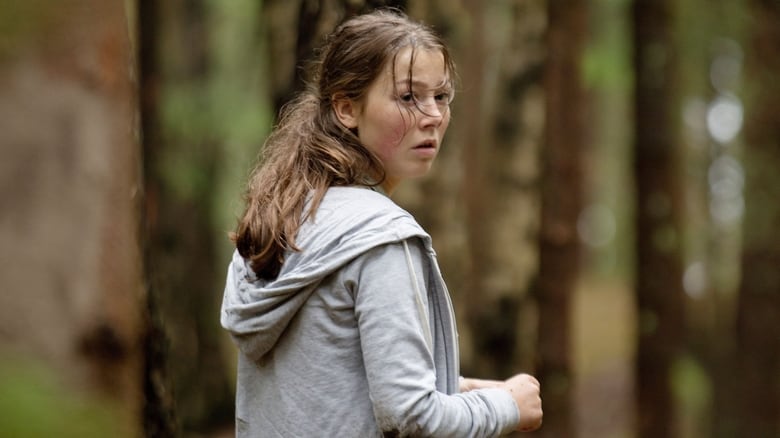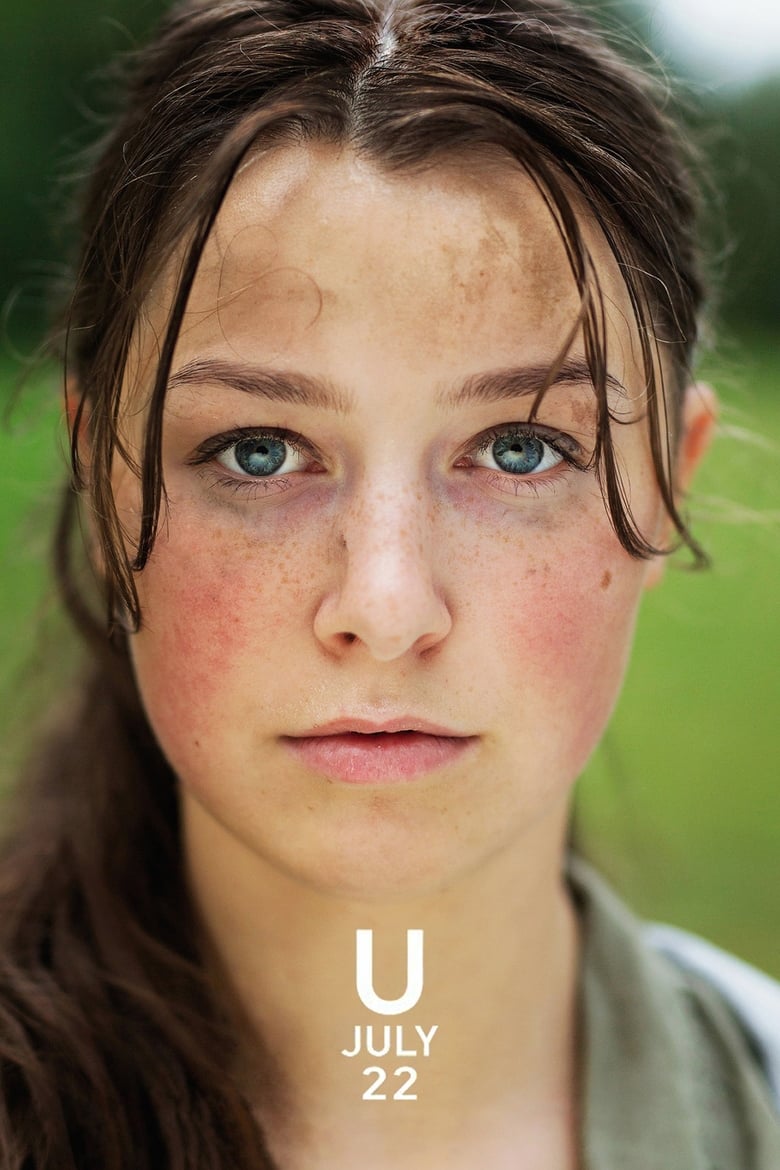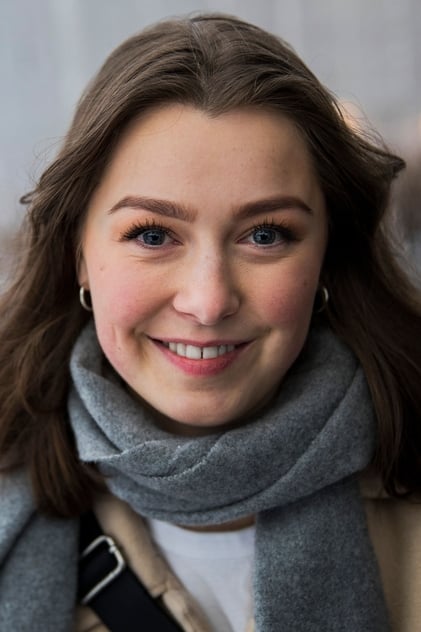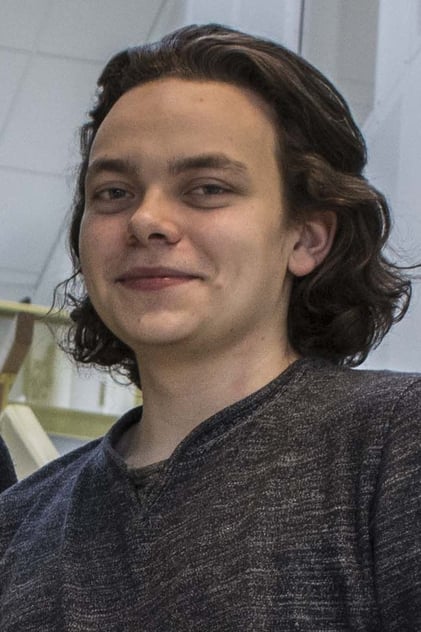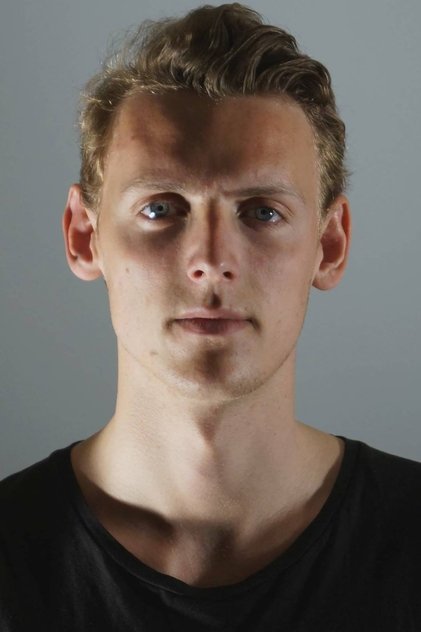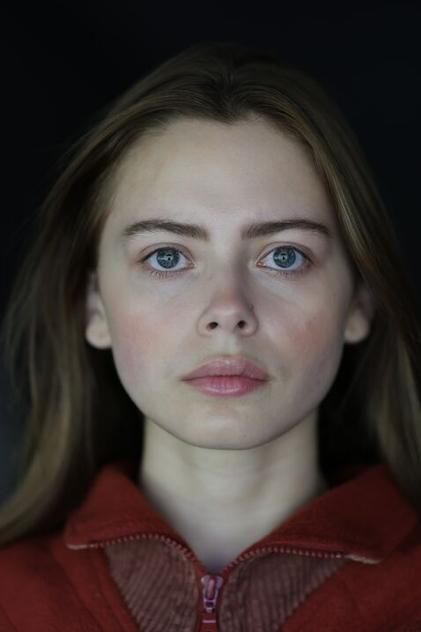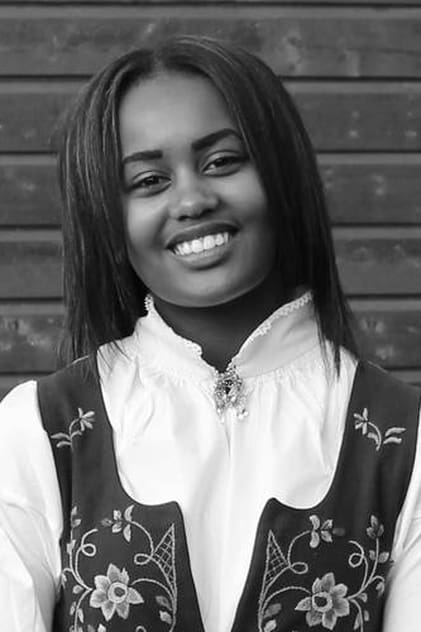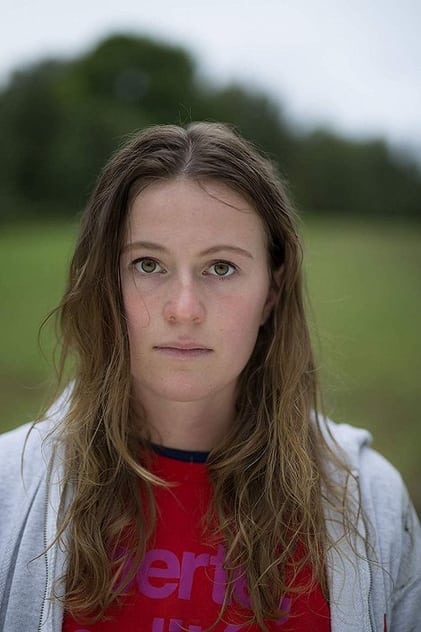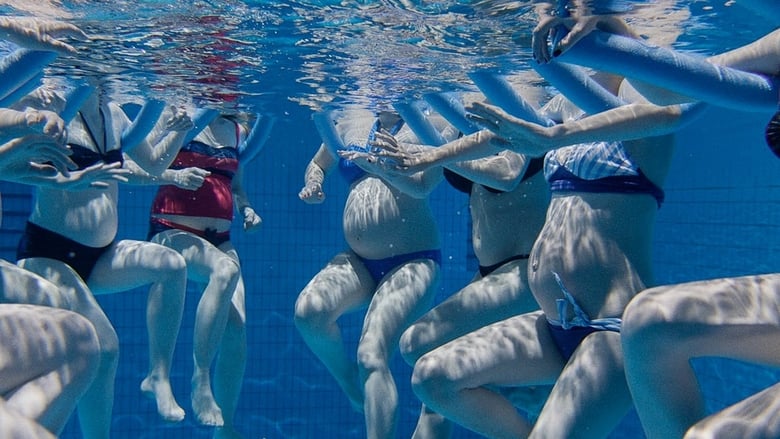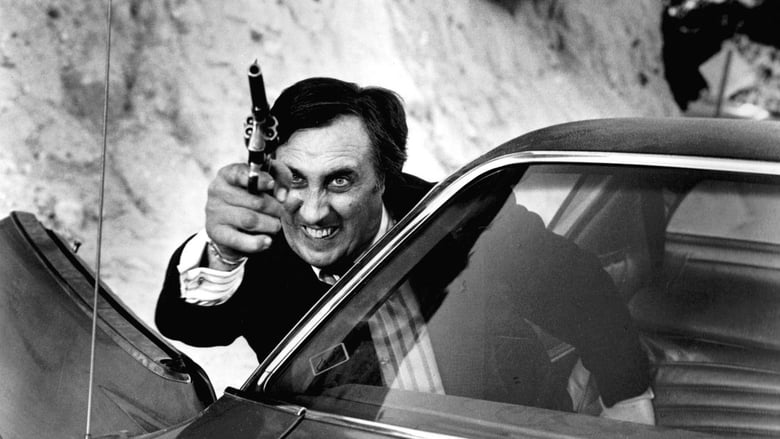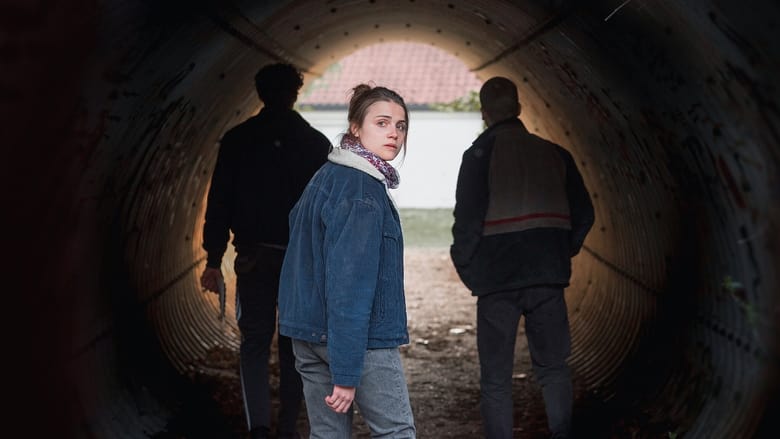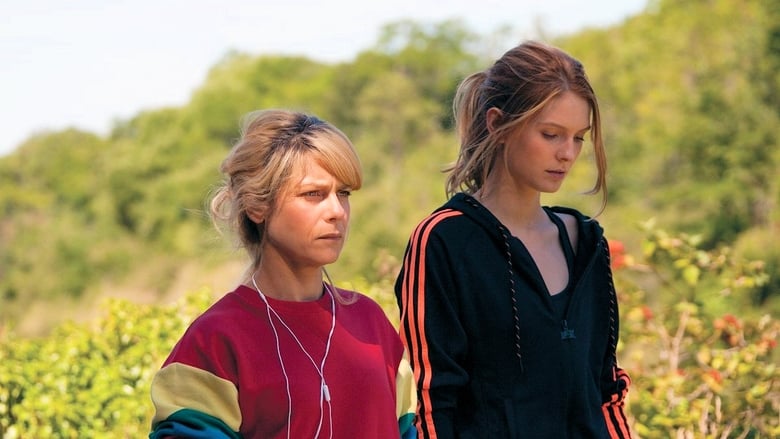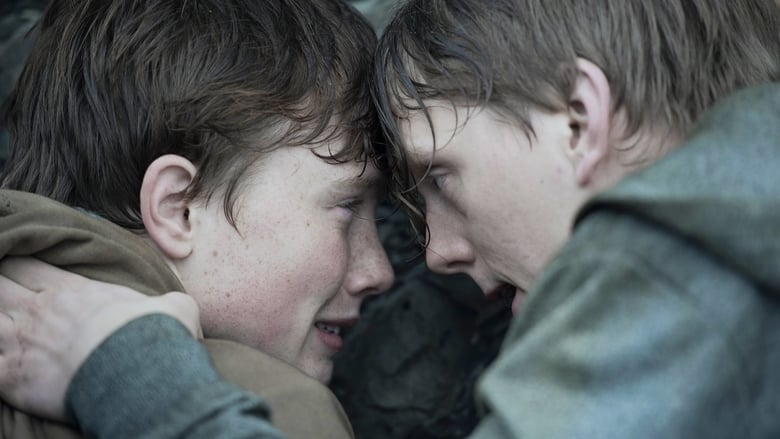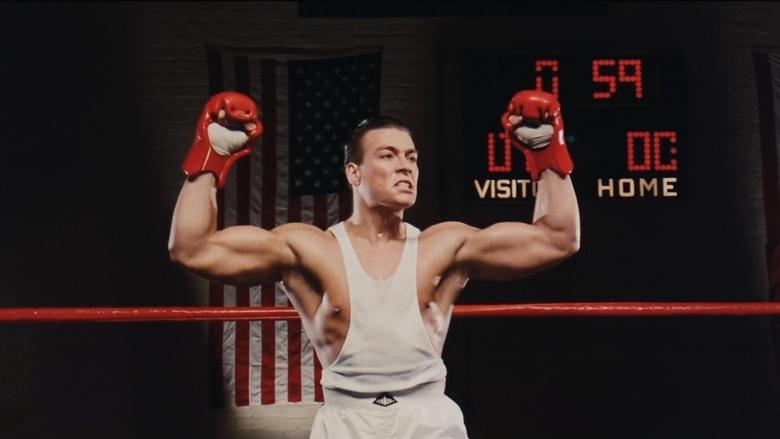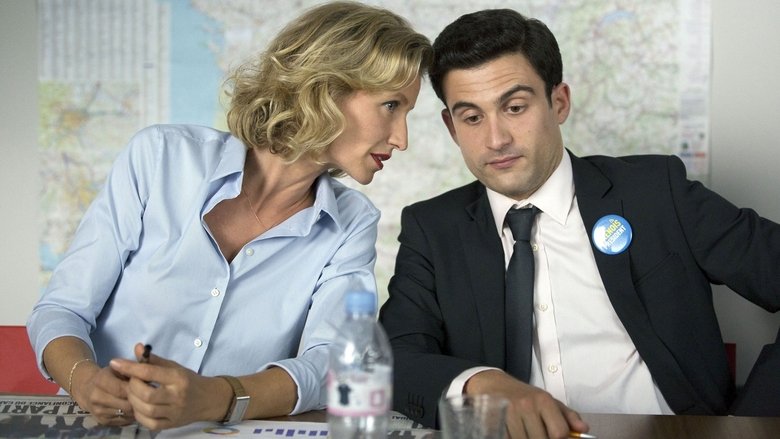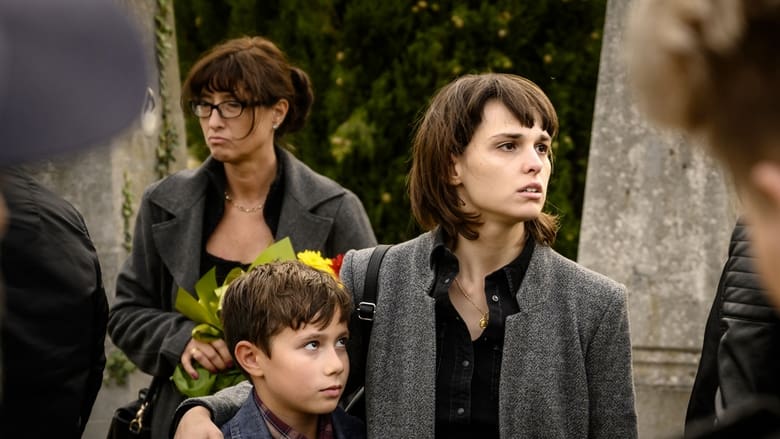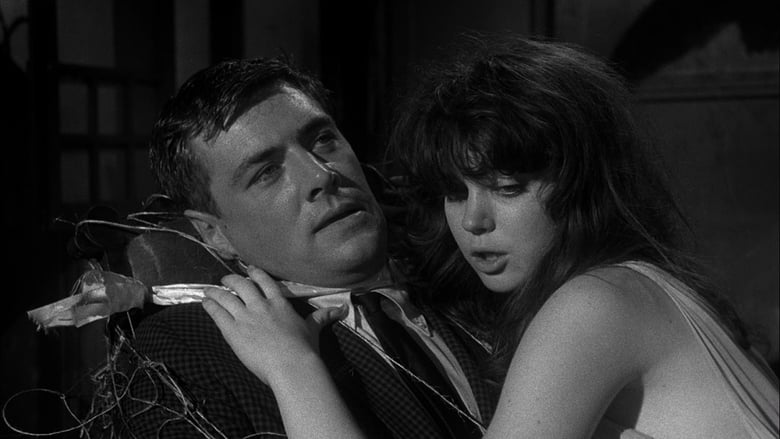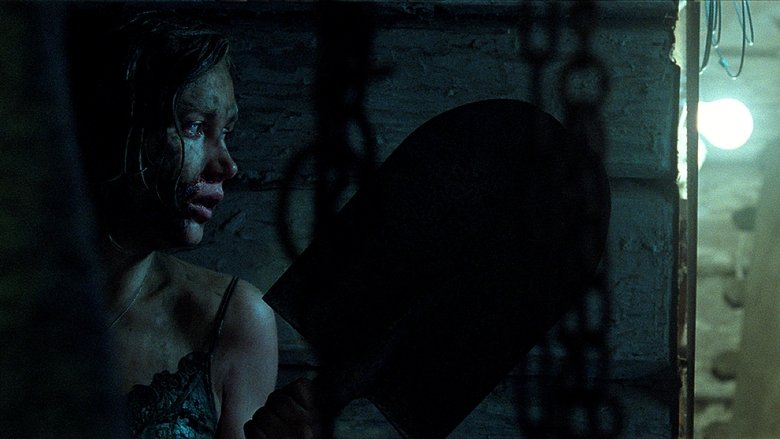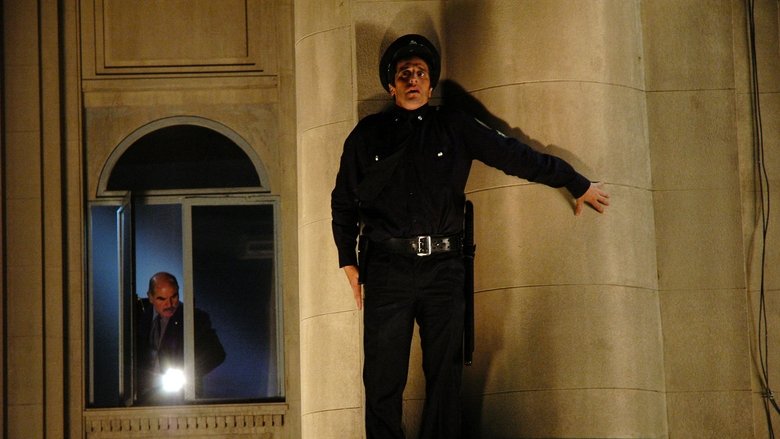Stephen Campbell
Jun 17, 2019
8/10
Når en mann kan forårsake så mye ondt - tenk hvor mye kjærlighet vi kan skape sammen When one man could cause so much evil - think about how much love we can create together.
- Stine Renate Håheim (Utøya survivor); July 23, 2011
to seize political and military control of Western European multiculturalist regimes and to try, judge and punish Western European cultural Marxist/multiculturalist perpetrators for crimes committed against the indigenous peoples of Europe.According to 2083, there are between 15 and 80 "Justiciar Knights" operational in Western Europe, supported by a network of civilian members across all walks of life. However, no evidence has ever been found to suggest the PCCTS is real. The Oslo bomb killed eight and injured 209. Roughly 90 minutes later, Breivik, dressed as a policeman, boarded the ferry for Utøya. Presenting himself as performing a routine check on the camp following the bombing, he was met by camp leader and island hostess, Monica Bøsei. Becoming suspicious, Bøsei called Trond Berntsen, the island's security officer and half-brother of Mette-Marit, Crown Princess of Norway, but Breivik killed them both, firing his first shot at 17:22. Using hollow-point bullets to increase tissue damage, Breivik repeatedly shouted, "You are going to die today, Marxists." At 18:01, he called emergency services to surrender, but hung up, and continued shooting. At 18:25, the Beredskapstroppen Emergency Response Unit arrived on Utøya, and one minute later, Breivik again called to surrender, again hanging up. At 18:34, 72 minutes since the first shot had been fired, Breivik was arrested. 69 people were dead, and 110 were injured, with the ages of the dead ranging from 14 to 51. Although there was talk of charging Breivik with high treason or crimes against humanity, he was instead indicted on domestic terrorism charges. He readily admitted his culpability in both attacks, but denied criminal guilt, citing a defence of "necessity" (in legal terms, necessity refers to an argument that the defendant had no option but to break the law, so as to prevent a greater harm). A major aspect of the trial was whether Breivik could be deemed criminally insane. Examined by a team of forensic psychologists, they concluded he suffered from paranoid schizophrenia, and was psychotic when he carried out the attacks. However, under pressure from the victims' families, the court ordered a second evaluation. This time, it was determined that he suffered from antisocial personality disorder and narcissistic personality disorder, but he was not psychotic during the massacre. Upon being found guilty, he was sentenced to 21 years in a maximum security prison, with the option to have his sentence extended in five-year increments if he is still deemed a threat to society (the maximum sentence allowed by Norwegian law). In 2012, the Gjørv-rapporten Gjørv Report was published. The official results of a fact-finding commission ordered by the Norwegian government, the Rapporten found that police could have prevented the bombing, should have reached Utøya sooner, and should have caught Breivik faster. The Oslo police became aware of the shooting at 17:25, three minutes after the first shot, and the Beredskapstroppen was dispatched from Oslo at 17:30. Local police reached the ferry point at 17:55 but were ordered to wait until the arrival of the team from Oslo. They reached the ferry point at 18:09, but were forced to wait for a suitable boat to take them to Utøya. However, the inflatable boat that was procured was too small for the amount of personnel and equipment, and the engine cut-out during the crossing. They then transferred to two privately owned boats in the vicinity, reaching the island at 18:25. The Rapporten stated that police should have been on the island by 18:00 at the latest. It also cited a phone-call made by a civilian 10 minutes after the bombing, giving police a description of Breivik, and alerting them to the fact that he was armed and wearing protective clothing. However, the police failed to act on the information. The Rapporten also alluded to the fact that the country's only police helicopter was not used during the massacre, because its crew were on vacation. Øystein Mæland, director of the Politidirektoratet National Police Directorate resigned in the wake of the Rapporten. So much for background. Although dealing with a politically motivated incident Utøya 22. juli is a relatively apolitical film, in the sense of Gus Van Sant's overly-simplistic Elephant (2003) or Paul Greengrass's superb United 93 (2006). It simply has no interest in contextualising the event within a larger socio-political or socio-historical framework. It doesn't investigate why Breivik did what he did, what specifically set him off, or what happened to him afterwards. It is instead a homage to the young people upon whom he focused his aggression. In filtering the event through the fictional character of Kaja, Poppe is able to narrativise it, and thus render it emotionally compelling. Of course, it could, and probably will be argued that no such emotional restructuring is necessary, as the event, in and of itself, is emotionally traumatic enough, and using a fictional protagonist is distasteful and disrespectful. However, to counter this argument, the film was made in consultation with numerous survivors of the massacre. In a BBC interview, Poppe stated that he chose to use fictional characters in order to
make a reflection of what happened out there, as close as possible to what I learned. There were ethical reasons for me to tell a fictionalised story. It would be hard for the survivors to watch the film if they thought these people were friends who had been killed.Speaking to The Guardian at the world première, one of the survivors, Ingrid Endredrud, said,
this film is so important because it captures what right-wing extremism can lead to. This is hate in its purest form and as a society, we have to stand together against it. For me, the reason for helping with this film is because it tells the story which for so many of us has been impossible to tell. I've only been able to tell my experience with a great deal of distance and that's where film can offer another way of preserving an important part of Norway's history.Also speaking to The Guardian, Poppe states,
my overall aim by making the film was not to traumatise people, but to help the healing process.In this sense, rather than proving exploitative, the film is instead both necessary and cathartic. Indeed, private screenings were held around Norway to which survivors and families and friends of victims were invited, and Poppe sought their approval of every aspect of the film before releasing it. As Endredrud alludes to above, however, the film is not entirely apolitical. The opening and closing legends both cite far-right thinking (the kind of people who don't understand the difference between nationalism and xenophobia, or patriotism and jingoism), and Poppe makes certain we know this is a condemnation of such an ideology. However, he wisely chooses not to ram this condemnation down our throats, nor even to foreground it. Instead, he simply lets the extremist ideology speak for itself, and, as is so often the case with far-right (and far-left) thinking, the doctrine condemns itself. Perhaps the most salient political point in the film is that we are forced to see in specifics an incident which we tend to think of as an abstraction; it's one thing to say 69 people died. It's disassociated, depersonalised, a statistic. However, it's something else entirely to see some of those people die. In this sense, the film is an exceptionally effective condemnation of gun violence. Related to this is an aesthetic point that bleeds into the political; Breivik is seen only once, from a great distance, silhouetted against the horizon. Instead of showing him, the film is rigidly tied to Kaja's perspective throughout. In the wake of the real event, the 69 dead and the hundreds of injured and traumatised were anonymous, with Breivik occupying all the headlines. The film inverts this so that we focus on the victims, with the perpetrator denied any agency. As Poppe tells the BBC, he felt it was "morally questionable" to devote any time to "portraiting" Breivik; "the last thing I wanted was to give him more social media fame. I wanted it to be a story about the victims." Recalling how Terrence Malick initially introduces the Japanese soldiers on Guadalcanal in The Thin Red Line (1998), Breivik is not afforded any kind of pathology, interiority, psychological verisimilitude, or even a bogeyman status. Instead, he is disembodied. In fact, his name is never mentioned once, not even in the opening or closing legends. Instead, he exists more in the aural realm than the visual one, a more obvious presence in the sound design by Gisle Tveito (Trolljegeren; Turist; Thelma) than Martin Otterbeck's cinematography. Primarily, this consists of the constant gunfire heard throughout the film. With no score or soundtrack to punctuate the story beats, the never-ending cracking of gunfire has a cumulatively oppressive and terrifying effect, disorientating both characters and audience. Aesthetically, however, the film is exemplary beyond its sound design. For example, in reality, from the time of the first gun-shot to Breivik's arrest, 72 minutes passed. In the film, from the time we hear the first gunshot to the film cutting to black, exactly 72 minutes pass. Additionally, we hear the exact same number of gunshots as Breivik fired in real-life, 186. However, where it is most audacious is that the 72-minute sequence (encompassing the entire film save for the brief opening scene, which shows real security camera footage of the Oslo bombing) is made to look like a single-shot, with the edits hidden, à la Alejandro González Iñárritu's Birdman: or (The Unexpected Virtue of Ignorance) (2014). The film was shot in one take on five successive days, acting out the same scenario each day. Poppe and his editor, Einar Egeland (Kongens nei), then edited extracts from each day together, hiding the cuts behind camera movement or darkness on screen. Coupled with this, everything is filmed hand-held, eschewing the pseudo-stability given by the use of a Steadicam. Together, the hand-held nature of the cinematography, the single-shot effect, and the real-time structure work to establish a pseudo-documentarian verisimilitude, as if the camera is literally capturing these events as they are really happening in a cinéma vérité manner (it's worth noting that Otterbeck has thus far worked primarily on documentaries). In this sense, the fabula is as unmediated as possible, recalling some of Ernest Hemingway's short stories, such as "Hills Like White Elephants" or "The Killers" (both 1927). In essence, the lack of obvious editing, the absence of well-blocked compositions and predetermined camera positions, and the real-time sense of immediacy all work to occlude any impression of either an omnipresent artifice, or an omniscient authorial voice. Instead, the film works as much as possible to inculcate the viewer into the event. This creates a prominent experiential plane, as the audience is made to consider what it must have been like to be involved in this nightmare – we see and share the panic as the characters peer out from behind cover, race to get to safety, or collapse onto the ground in exhaustion. In this way, the film avoids being exciting in any conventional sense; what we are witnessing is instead deeply traumatic, and the experience for a viewer is an ordeal, almost an endurance test. Rarely has the artifice of a single-take been this thematically justified (contrast, for example, its gimmicky usage in Sebastian Schipper's Victoria), and rather than the single-take structure serving as its own rationale, Poppe uses it to subvert genre expectations and defamiliarise the narrative, all in the name of preventing the audience from attaining any comforting sense of normality. Adding to all of this is the brilliantly naturalistic acting, especially from Andrea Berntzen, who is an absolute revelation as Kaja. When she returns to the campsite looking for Emilie, for example, all she finds is Emilie's mobile phone, and Tobias (Magnus Moen), a traumatised child of 10 or 11. Her increasing desperation and despair are flawlessly conveyed by Berntzen, and as she searches Emilie's tent, she suddenly realises Breivik is close-by. She freezes, and we hear his footsteps moving past the tent. This scene is legitimately one of the tensest and most terrifying scenes I've seen in a long time, generating infinitely more dread than any supernatural hijinx, and Berntzen's acting is a large part of that. This is also true in an utterly heart-breaking telephone conversation with her mother, where she apologises for not being able to find Emilie. Equally as poignant is a scene where she encounters a severely wounded girl (Solveig Koløen Birkeland) who asks Kaja to tell her mother she loves her. The acting from both Berntzen and Birkeland here is extraordinary, and this short scene serves as perhaps the most disturbingly real in the entire film. A final point on the film's aesthetic design concerns the opening few seconds of the 72-minute sequence, which begins with a superbly conceived bit of visual trickery that, like everything else in the film, is thematically justified. As the camera approaches Kaja from behind, she turns around and looks directly into the lens, saying "You'll never understand." This seems a challenge as much as an assertion, directed at the audience, in a breaking of the fourth wall, articulating that the upcoming carnage will defy rationality. However, after a moment, she turns her head and we see she is wearing an earpiece. It then quickly becomes apparent that she's talking to her mother, and her comment was diegetic – when she looked into the camera, she wasn't addressing the audience, it was simply the direction in which she was looking. This simple but effective moment knocks the audience immediately off balance, alerting us to the artifice of the film in an almost Verfremdungseffekt, before then shifting 180 degrees away from that apparent moment of self-reflexivity and immersing us completely into the fabula. Of course, the film is not perfect, and Poppe does misjudge a couple of elements. For example, the tragedy on display is, in and of itself, overwhelming, and for the most part, he remains detached. However, on occasion, he does feel the need to foreground sentimental aspects which don't work and are unnecessary. The most egregious example is towards the end of the film as Kaja and Magnus are trying to hide. To take their mind off what's happening they talk about their future plans (she wants to be a politician; he wants to be an actor). However, when he finds out she's a singer, he urges her to sing for him, which she reluctantly does, choosing Cyndi Lauper's "True Colors" (1986). It's a fairly mawkish scene (really, all its lacking is a "Cry now" prompt), it doesn't accomplish anything, and it comes across as manipulative and deliberately scripted, a concession to the rules of cinematic drama, lapsing into the traditional generic signposting that the film has mostly avoided up to this point. The scene instead serves to cheapen the experience of documentary realism, with the constructed artifice's fictional foundation becoming apparent. Another issue is related to the film sticking rigidly to Kaja's perspective. For the most part, this works to the narrative's thematic advantage. Obviously, a film about a person hiding for 72 minutes wouldn't be very interesting, or say much of relevance. With this in mind, Kaja moves around a lot, encountering various people, and it becomes a little repetitive and episodic in places. Because she is a composite of several people, her experiences are used by the filmmakers to give the viewer something of an overview of the panic and suffering. However, for one person to encounter all of these characters and have such varying experiences does strain credibility just a tad. However, these are relatively minor criticisms, and overall, this is a superb film, as aesthetically inventive as it is emotionally devastating, as politically aware as it is historically important. It will be sure to prompt heated debate about whether such an event should be used to provide the source material for a film, especially this soon after the fact. Some will argue it's a dignified memorial, whilst others will see it as fundamentally exploitative and disrespectful. Personally, I see it as a vital text for Norway, capturing the essence of the most traumatic event the country has experienced since World War II. If people can let go of their notions of "cinema as entertainment", and try to embrace more of a "cinema as art" approach, it will become much easier to accept the film for what it is, and to realise that Poppe and his screenwriters genuinely have something important to say about the massacre, and, more specifically, about the experience of the massacre. The last three or four minutes are utterly devastating, and really drive home the senseless loss of life and the innate randomness of what happened. However, Poppe's main goal is to show the audience the bravery of these people, to honour them. Evil, the film suggests, is banal. Compassion and valour are much more worthy of our attention.
